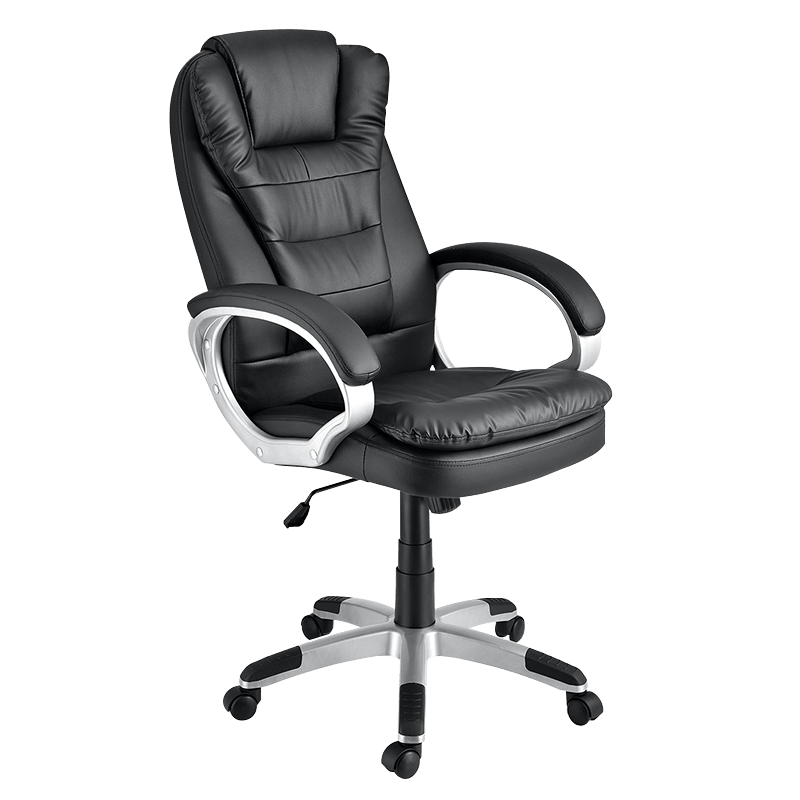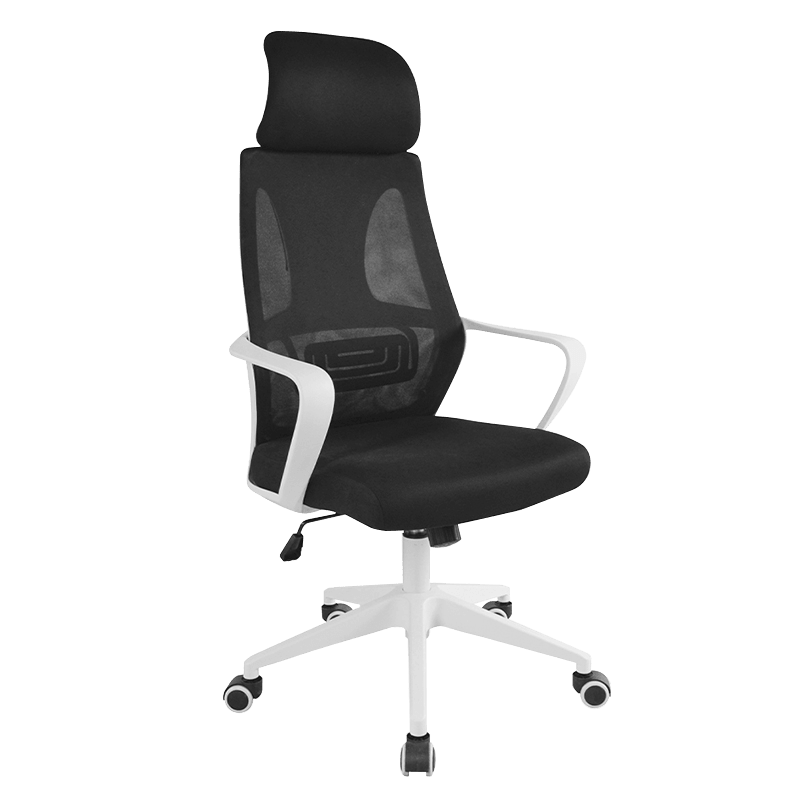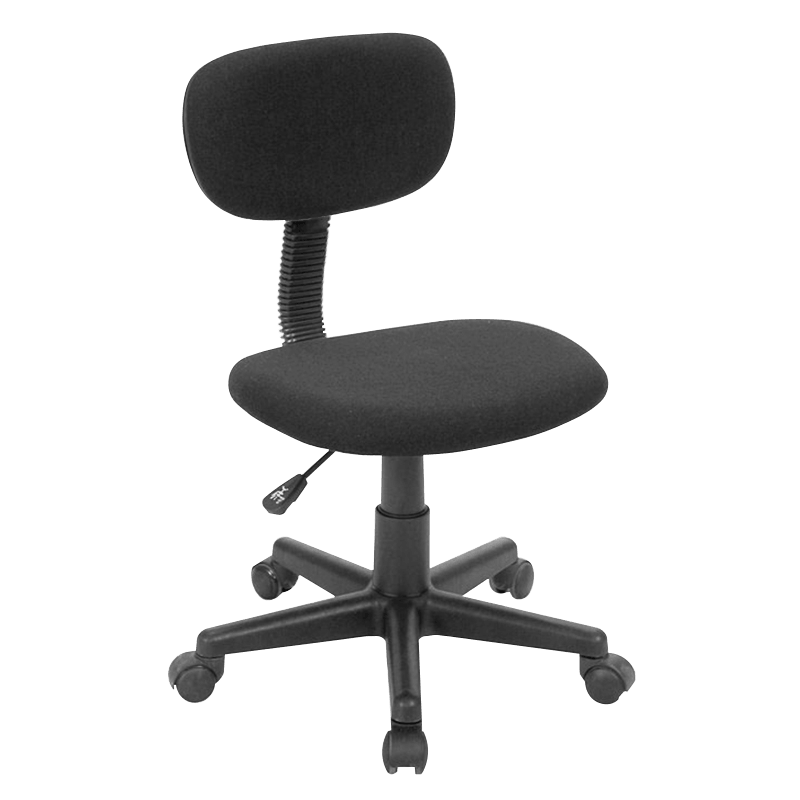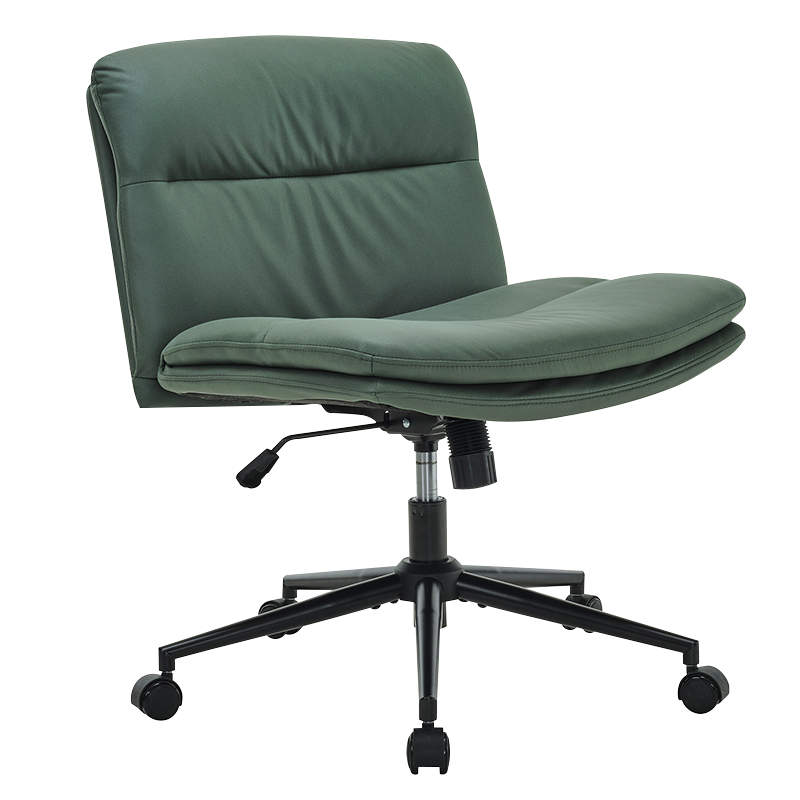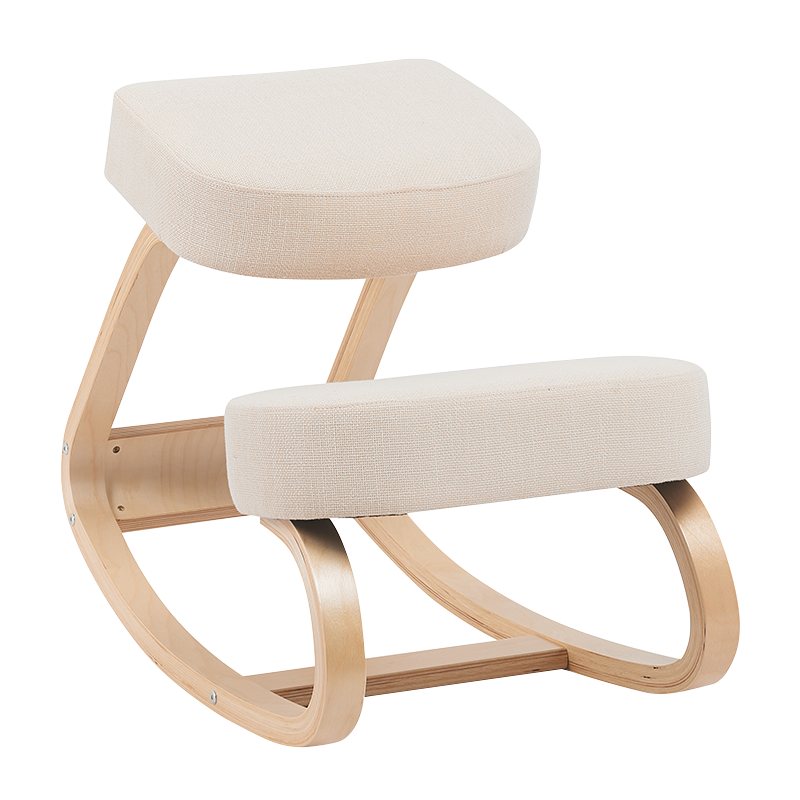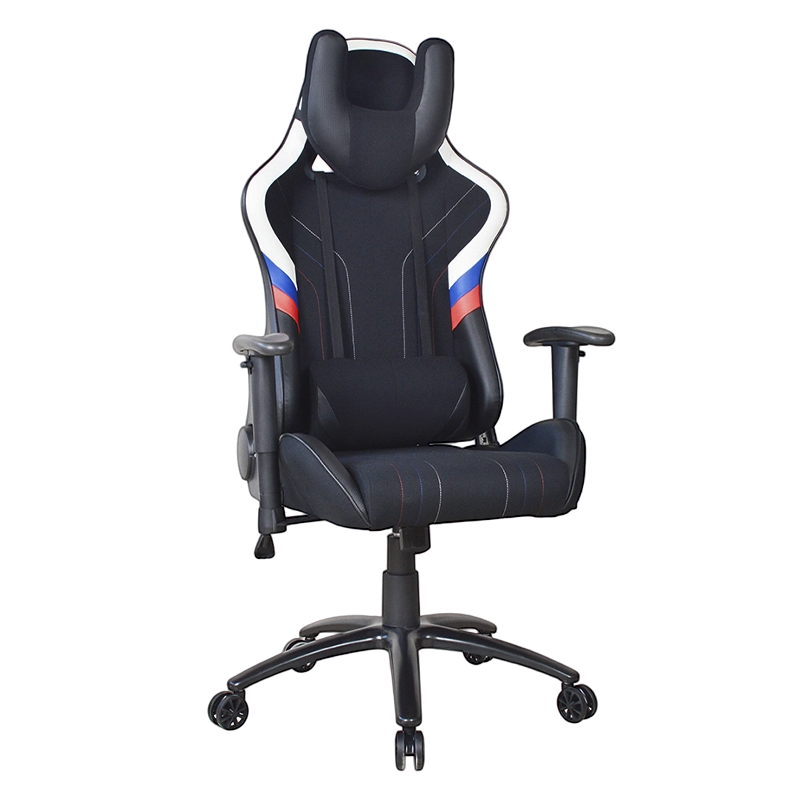How Ergonomic Design is Transforming the Kneeling Chair Industry
2025-08-21
In recent years, the office furniture industry has been undergoing a subtle yet significant transformation, with the rise of ergonomic design at the forefront. The kneeling chair, a unique seating solution, has attracted considerable attention due to its forward-tilted design and pressure-relief features. Unlike traditional office chairs, a kneeling chair emphasizes not only comfort but also spinal health and core muscle engagement, driving the industry toward a health-focused and ergonomics-oriented direction.
The Core Value of Ergonomic Design
The primary goal of ergonomic design is to minimize physical strain while comfort and efficiency. The kneeling chair exemplifies this principle. Its forward-tilted seat and knee support pads help distribute body weight evenly, maintaining the natural curve of the spine and reducing lower back pressure. Many models feature adjustable seat height and tilt angles, catering to users of varying body types and work habits. This level of adaptability has become a key competitive advantage for kneeling chairs in ergonomic design.
Unlike traditional chairs that rely mainly on backrests for lumbar support, kneeling chairs encourage a forward pelvic tilt, naturally aligning the spine. This posture not only alleviates lower back pressure but also engages core muscles and improves blood circulation, addressing problems caused by prolonged sitting. For office workers, this design enhances comfort while contributing to long-term health.
Health Benefits Drive Market Attention
As awareness of healthy work environments grows, kneeling chairs are increasingly recognized for their health benefits. While traditional office chairs offer comfort and aesthetic appeal, they often fall short in promoting spinal health and posture correction. Ergonomic kneeling chairs are designed to closely align the user’s body with the chair’s structure, supporting long-term sitting health.
This design is suitable not only for corporate offices but also for home and personal study spaces. For instance, a home office kneeling chair can help users maintain proper posture during long working hours, reducing shoulder and neck strain. Additionally, for focused tasks or meditation, the posture-guiding function of a kneeling chair supports spinal alignment and body balance, highlighting its versatility in various environments.
Adjustable Features Enhance User Experience
Adjustability is a critical feature of modern kneeling chairs. Users can modify seat height, knee pad angle, and seat tilt to achieve a comfortable posture. Height adjustments allow alignment with different desk heights, keeping the spine naturally curved and minimizing shoulder and neck strain. Knee pad angle adjustments effectively distribute lower limb pressure, preventing poor blood circulation caused by extended sitting periods.
Such flexibility not only improves comfort but also broadens the chair’s applicability. From traditional offices to home offices and personal studios, adjustable kneeling chairs meet diverse user needs, reinforcing their market potential.
Materials and Ergonomic Integration
Material selection is another key aspect of ergonomic seating. Modern kneeling chairs often utilize high-density foam, memory foam, or breathable mesh to provide both support and comfort. The combination of seat materials and knee pads reduces pressure points and enhances stability, supporting healthy sitting posture.
The integration of wooden frames and metal structures combines sturdiness with lightweight design. Wooden elements offer a natural feel and a sense of warmth, aligning with ergonomic principles that emphasize comfort and support, while metal frameworks ensure stability and safety during extended use. The synergy of materials and ergonomic design is central to the competitive appeal of modern ergonomic kneeling chairs.
Market Trends and Future Outlook
With the increasing emphasis on health-conscious work environments, the kneeling chair market shows steady growth. More businesses and individuals are prioritizing health benefits over mere aesthetics or cost. High-quality, scientifically designed, and highly adjustable kneeling chairs are becoming essential choices for both office and home settings.
In the future, the integration of intelligent technology and personalized customization may define the next generation of kneeling chairs. Sensors could monitor posture and provide real-time feedback, transforming chairs into proactive health management tools. Additionally, the adoption of innovative materials, such as eco-friendly or highly breathable fabrics, will further enhance comfort, durability, and sustainability, meeting evolving consumer expectations.
User-Centric Design Drives Innovation
User experience remains central to ergonomic design. By studying user behavior and needs, manufacturers continuously refine kneeling chair designs, from seat angles to support areas and material choices. Feedback-driven improvements not only enhance product quality but also contribute to industry standardization. In the future, kneeling chairs will increasingly rely on data-driven innovation, ensuring that the chairs are comfortable, health-promoting, and sustainable over long-term use.
Conclusion
From an ergonomic perspective, the kneeling chair is more than a piece of office furniture; it is a tool for health management. Its forward-tilted design, adjustable height and tilt, strategically placed knee support, and high-quality materials position it as a significant player in the office furniture market. As awareness of health-conscious work environments grows, kneeling chairs are set to expand their market presence. Whether in offices, home offices, or personal studios, the kneeling chair redefines comfort and spinal health, setting new standards for the industry.


 Language
Language English
English Français
Français Español
Español Deutsch
Deutsch